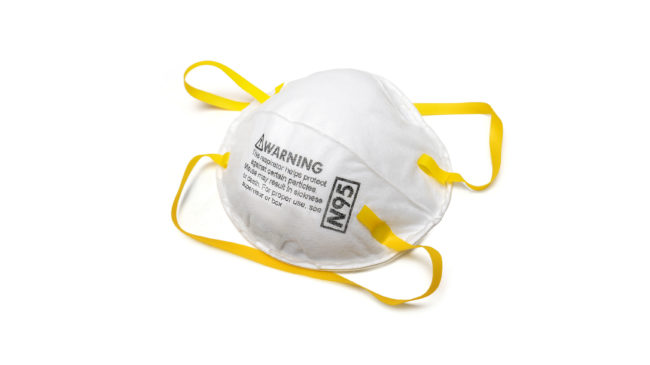Personal protective equipment (PPE) is an essential component to ending the coronavirus crisis. It’s generally accepted that health care workers need access to Personal protective equipment while treating COVID-19 patients, but recommendations for the general public have varied among nations. Countries like China and Taiwan have required masks in various public spaces, while countries like the United States have continually followed advice from the World Health Organization (WHO), first advising that masks will not reduce public exposure to SARS-CoV-2 and then later suggesting various types of masks for public spaces. However, agencies within the U.S. federal government are still not using the most up-to-date information from other countries for their recommendations and interventions.
If the general public gains access to appropriate personal protective equipment (PPE), most people wearing masks could resume many activities permitted before the government-mandated lockdowns. Even amid PPE shortages, HHS should immediately follow WHO recommendations to allow demographics at higher risk of COVID-19 mortality access to medical-quality masks and all citizens access to masks/PPE below suggested medical-quality standards. With no precedent of any coronavirus vaccine ever being approved by the FDA, it’s not clear whether a COVID-19 vaccine will become available. However, mass compliance of mask guidance is another way to eliminate the virus. In a perfect world, if every person wore an N-99/N-100 respirator in exposure areas, we could theoretically eliminate new cases and would cut the national case count by more than half within two weeks. Such perfect compliance may not be possible, but the U.S. should use such considerations to determine whether pursuing a vaccine is the most efficient means of ending the COVID-19 pandemic.
While evaluating which PPE to prioritize for health care workers, essential service employees, and the general public, HHS should acknowledge that N95 masks may not provide sufficient protection for individuals with prolonged SARS-CoV-2 exposure. Unfortunately, the current supply of PPE is insufficient to provide all COVID-19 responders with powered, air-purifying respirators and the general public with air-filtering face masks. However, powered devices might not be necessary after evaluating the effectiveness of N99 and N100 masks. If federal agencies take the opportunity to remove manufacturing regulations that are compromising public health, the U.S. may be able to produce the personal protective equipment necessary to contain SARS-CoV-2 and expedite the return to all pre-COVID-19 activities.
Vital PPE: How To Increase Production And Distribution Of Masks Amid Covid-19
This brief is part of a series: Strategies for Combating and Recovering From the Coronavirus Pandemic.

